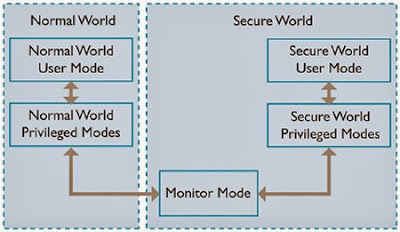I ordered a Chromecast right after they came out, but Amazon back ordered mine. It came a few days ago.
I plugged it in to my TV set, ran the setup and discovered that it could not connect to my home WiFi network. After fooling around with the base station position and antenna and using Google's short HDMI extender cable to move the Chromecast to the side a bit and change its orientation, I eventually established a weak (2 bar) connection.
I used Metageek's inSSIDer software running on my laptop to see the signal strength on the clearest 2.4 Ghz channel available in my TV room and, as you see here, it varied from -50 to -60db.
That is not a terrific signal, but I have a Roku box plugged into the same TV set and neither it or my laptop or my wife's iPad have difficulty connecting to the WiFi network from that room.
I looked online for radio sensitivity specs, and discovered that the folks at
Tom's Hardware have speculated that the Chromecast uses an AzureWave AW-NH387 with 802.11 b/g/n, Bluetooth and FM radios. (If that is the case, I wonder if Google has plans for the Bluetooth and FM radios).
They came to that conclusion based on this photograph from Google's FCC Chromecast application:
(If you want to have some geek fun and see how they tested the device, check
Google's report to the FCC).
Google's tests show that the Chromecast and its power supply satisfy FCC noise requirements, but I am still in the dark on the sensitivity of the radio.
Is there some way to get finer grained feedback on connection strength than the ill-defined "number of bars?" It would be nice if there were better specs so we could compare devices and guess ahead of time whether they would work in our locations. For now, I can only conclude that the radios in my laptop, my wife's iPad and our Roku box are better than the Chromecast radio. (By the way, a couple years ago, I found that
the radio in my wife's iPad was weaker than my laptop radio).
Lest I end on a sour note, you should know that I love the Chromecast and expect to find Chromecasts connected to and built into many future TVs and boxes like my Roku. Chromecast radios will improve with time and I will upgrade my lame WiFi network to 802.11n. I won't be surprised if one day we find all sorts of "Chromecasts" plugged into formerly dumb, disconnected things like heaters, air conditioners, washing machines, etc.
-----
Update 9/12/2013
Google decided to place the Chromecast antenna inside the dongle case, which means it has to zig around chips and is constrained by the size of the case, so your WiFi reception will depend upon the location and orientation of the dongle itself. Luckily, I was able to get my Chromecast to connect to my home network by fiddling with its orientation and getting it away from the TV set using Google's short HDMI extender, but I was flying blind.
Anyone who has adjusted the rabbit ears on an analog TV set knows that reception varies with the orientation and position of the antenna -- you see the picture improve or get worse as you move the antenna. Unfortunately, the Chromecast gives you no feedback as you move it around.
If you succeed in connecting, Google displays the "strength" of the connection using "bars" like on your cell phone. But those bars are a course, undefined measure of signal strength and they are not shown while you are adjusting the position of the Chromecast.
Google should let you monitor connection strength as you move the Chromecast around. The familiar bars would not be good enough -- you need something more precise like, say, a two digit number or a graphic meter of some sort. The user would not have to know what the meter was displaying, just that it increased or decreased with signal strength.
The dongle would need to be mounted on a swivel that mechanically constrained it once you found the optimal orientation.
Another alternative would be to use an external antenna something like this:
It seems that Google tried to emulate Apple with the Chromecast. It comes in a really nice box and all the user has to do is plug and play -- let's not bother them with details like signal strength and adjusting the antenna position. That is great when it works, frustrating when it doesn't.






































